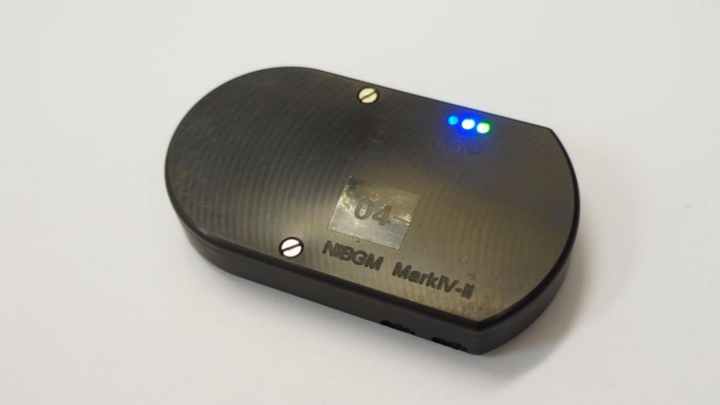
The microwaves used in Cardiff University’s device are not as intense as the ones found in your standard kitchen appliance. As Professor Adrian Porch, one of the monitor’s creators, told the BBC, “It uses microwaves, but the levels are very, very low. Nowhere near the levels used in domestic cooking.” He added, “Think about a mobile phone. We’re about a thousand times less than that level.”
Whereas traditional glucose monitors require patients to prick their finger for a drop of blood, this new device does away with much of the pain and inconvenience associated with this method. And patients are eager to have a new tool to try. Professor Stephen Luzio, who carries out clinical research regarding diabetes at Swansea University’s College of Medicine, has already conducted trials with around 50 patients using the new monitor, and plans to continue these trials in the summer. “Patients are very keen on this,” he said. “One of the big problems with patients measuring their glucose is they don’t like pricking their finger, so there’s a lot of interest.”
In the U.S. alone, there are over 29 million people living with diabetes, representing around nine percent of the population. In the U.K., there are around 3.5 million people who have the disease. And while a much smaller proportion of these patients have Type 1 diabetes (which requires the constant glucose monitoring), for this segment of the population, such a device could be a real game changer.


